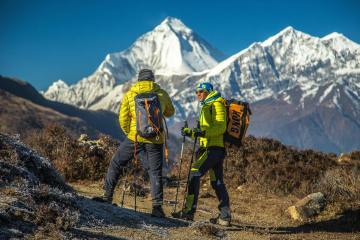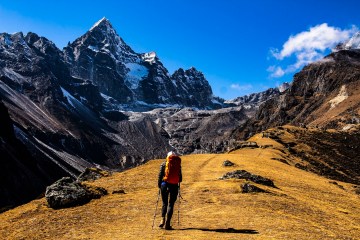Nepal is poised to overhaul its Mount Everest climbing permit system through a new provision in the Integrated Tourism Bill, registered on April 18, 2025. Under the draft law, climbers must have previously summited at least one 7,000-metre peak within Nepal to qualify for an Everest permit. This measure is designed to reduce dangerous overcrowding in the “death zone” above 8,000 metres—where thin air and low oxygen levels heighten risk—and to elevate overall expedition safety standards.
Rising Risks and Overcrowding
The spring 2023 season saw Nepal issue a record 478 permits for Everest, coinciding with 12 fatalities and five missing climbers on the world’s highest peak. Long bottlenecks in the high-altitude “death zone” not only endanger climbers but also amplify logistical challenges for rescue operations. Moreover, unchecked permit issuance has exacerbated waste accumulation—ranging from discarded oxygen cylinders to human refuse—that undermines environmental health and local sanitation efforts.
Key Provisions of the Draft Legislation
If enacted, the new rules will require applicants to submit certified proof of a successful ascent of at least one 7,000-metre mountain in Nepal. In parallel, all expedition leaders (“sardars”) and mountain guides must hold Nepali citizenship, and climbers will undergo mandatory health screenings before departure. These dual requirements aim to ensure both the technical competence and physical readiness of would-be Everest summiteers.
Industry Response and Criticism
International expedition operators have cautioned that restricting qualifying climbs to Nepal’s 7,000-metre peaks may unfairly exclude otherwise qualified mountaineers who gained experience on comparable global peaks like Aconcagua or Denali. They also point to a shortfall of Nepal-based IFMGA-certified guides, urging that non-Nepali certified professionals be permitted. Critics warn these stringent criteria could redirect climbers toward Tibet’s northern routes or other international objectives.
Economic and Permit Fee Implications
As part of the reform package, Nepal will raise the Everest permit fee by roughly 36%, lifting the cost from US$11,000 to US$15,000 for spring season foreign climbers. This marks the first permit fee increase in nearly a decade. Officials assert that the additional revenue will be channeled into enhanced waste management, search and rescue capabilities, and local infrastructure upgrades across the Khumbu region.
Environmental and Sustainability Benefits
These permit reforms dovetail with judicial and community-led efforts to mitigate Everest’s overtourism crisis. In April 2023, Nepal’s Supreme Court ordered tighter regulation of climbing expeditions and improved mountain sanitation protocols. Annual clean-ups by the Nepalese Army and volunteer groups have since removed thousands of kilograms of trash, yet significant waste persists—particularly at Camp 4 and the Gorakshep dumping site—underscoring the urgency of permit caps and stricter “carry-out” policies.
Looking Ahead
The draft Integrated Tourism Bill is currently under review in Nepal’s National Assembly, where the ruling coalition holds a solid majority. If ratified before the next climbing window, the new requirements will reshape Everest expeditions by prioritizing experienced, health-vetted climbers and reinforcing local leadership. As Nepal balances its economic dependence on mountaineering tourism with pressing safety and environmental concerns, the world will watch closely to see if these reforms set a new global benchmark for high-altitude adventure governance.
References
- Reuters. “Nepal plans to restrict Everest permits to experienced climbers.” Reuters, April 28, 2025. Link
- News.com.au. “A major change to who gets to climb Mount Everest could be coming.” news.com.au, April 30, 2025. Link
- Kathmandu Post. “Everest to no longer be anybody’s climb.” The Kathmandu Post, April 26, 2025. Link
- Fiscal Nepal. “Nepal imposes strict Mt. Everest climbing rules: 7,000-meter peak ascent health checks mandatory.” Fiscal Nepal, April 25, 2025. Link
- Nepal Monitor. “Overtourism and Crisis on Mount Everest: Nepal’s Struggle.” Nepal Monitor, March 19, 2025. Link
- RTÉ News. “Nepal sharply increases permit fee for Everest climbers.” RTÉ, January 22, 2025. Link
Discover more from Nepal Travel Vibes
Subscribe to get the latest posts sent to your email.



